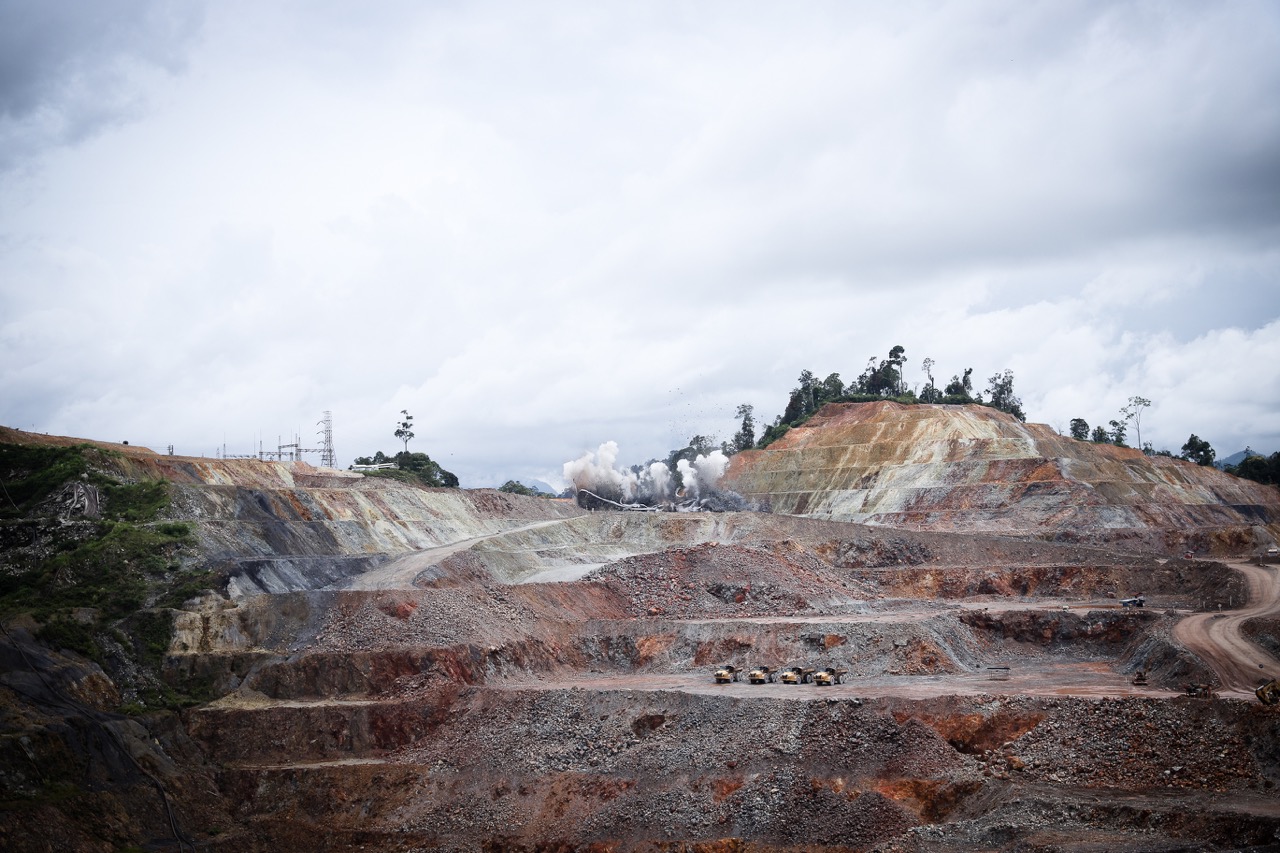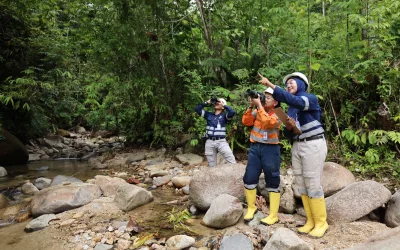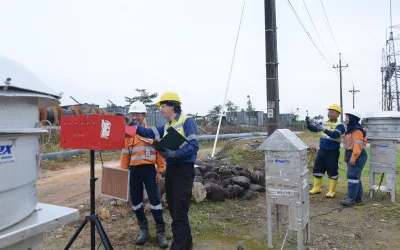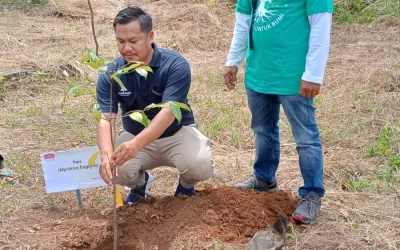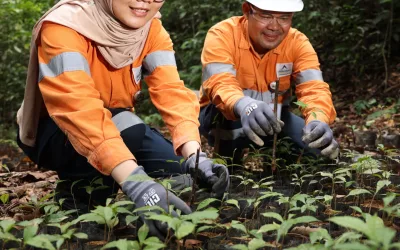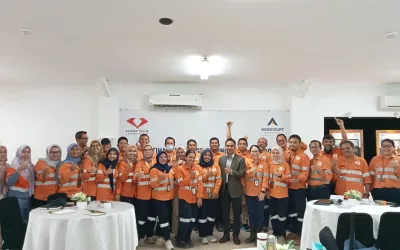Mining is the process of obtaining geological materials and valuable materials from the Earth. These materials cannot be grown through agricultural processes nor artificially created inside a factory or laboratory, which makes them obtainable through mining only.
Depending on the material extracted, its location at or beneath the surface, and whether the resource is worth enough money to justify extracting it, there are many types of mining techniques that can be used to retrieve desired materials.
Read Also: Sharing Sustainable Mining Practices Through ESG Seminar for Regional Journalists
But, in general, mining techniques are divided into four primary types.
- Surface Mining
Surface mining is a process where ore is extracted from the ground by digging it out with heavy machinery.
Surface mining is typically used for more shallow and less valuable deposits. The main advantage of surface mining is that it is easy to set up as there are no tunnels or shafts required. However, the disadvantage is that the land has been disturbed which may cause environmental problems such as erosion and pollution.
- Underground Mining
Underground mining is used when the mineral deposits are located deep below the surface of the Earth’s crust. Underground mining requires a lot more preparation than surface mining as it requires additional safety measures. It involves drilling holes into the ground and using explosives to make way for tunnels. That’s why it is typically used when the quality of the ore body is high enough, such as coal, iron ore, oil, and diamonds.
The core advantage of underground mining is that it has a reduced environmental impact on the surrounding land as the technique cause minimal disruption to the soil around the mine site. Another benefit is its lessened exposure to weather conditions.
- Placer mining
Placer mining is the process of obtaining valuable mineral deposits from loose river sediments. These deposits are composed of small particles of valuable minerals which were washed down river systems during periods of heavy rainfall. Examples of deposits mined by placer mining are gold-bearing sands.
The benefit of placer mining is that the process has a lesser environmental impact since there is no need to disturb the existing topography. Also, the deposits are not very thick and therefore require little effort to extract.
- In-situ mining
In-situ mining used to obtain minerals like uranium and copper through drilled boreholes. In-situ mining works by dissolving naturally occurring minerals that are in a solid state. A leaching solution is pumped into the boreholes to dissolve the ore before being pumped back into the surface.
In-situ mining is the most environmentally friendly way to mine ores and involves minimal to no risk for both the workers and the communities surrounding the site. The reduced noise, dust, and greenhouse gas effects are what make in-situ mining an advantageous mining method, both in terms of its economic and environmental impacts.
In-situ mining is commonly used in the recovery of gold, silver, zinc, lead, uranium, and other metals.

